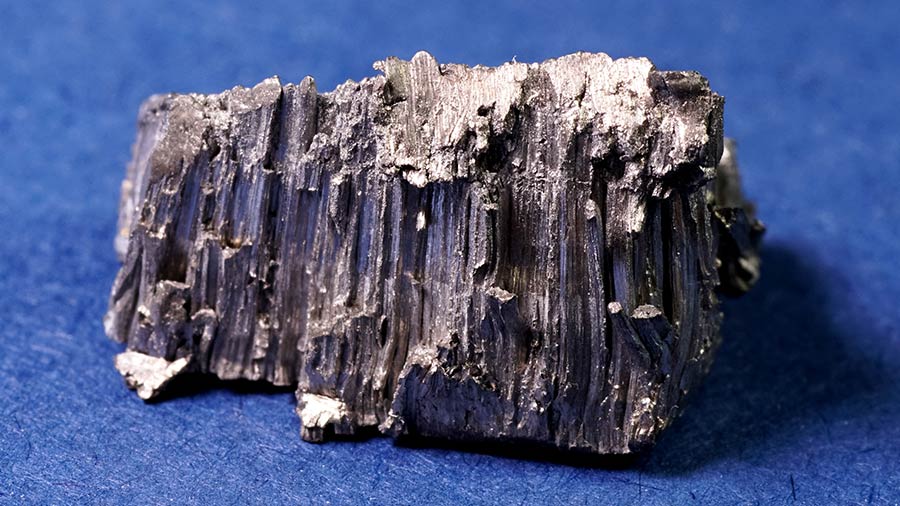Exploring the World of Rare Earth Minerals: Unveiling Their Importance and Applications
Rare earth minerals, a group of seventeen elements, have gained significant attention in recent years due to their crucial role in various industries. These minerals possess unique properties that make them indispensable in the production of modern technologies, ranging from smartphones and electric vehicles to renewable energy systems and defense equipment. In this blog post, we will delve into the world of rare earth minerals, exploring their significance, applications, and the challenges associated with their extraction and supply.
- Understanding Rare Earth Minerals:
Rare earth minerals, also known as lanthanides, consist of fifteen elements from the lanthanide series, along with scandium and yttrium. These elements include cerium, neodymium, dysprosium, and many others. Despite their name, rare earth minerals are not actually rare in terms of abundance in the Earth's crust. However, they are typically found in low concentrations, making their extraction and processing challenging and costly. - Importance in Modern Technologies:
Rare earth minerals play a pivotal role in numerous high-tech industries. For instance, neodymium and dysprosium are essential components in the production of permanent magnets used in electric vehicle motors and wind turbines. Cerium is widely used in catalytic converters to reduce harmful emissions from combustion engines. Additionally, rare earth phosphors are crucial for the vibrant displays in smartphones, televisions, and computer screens. - Renewable Energy and Rare Earth Minerals:
The renewable energy sector heavily relies on rare earth minerals. These minerals are vital for the production of solar panels, as well as for the magnets used in wind turbines. The efficient generation and storage of clean energy are greatly enhanced by the unique properties of rare earth minerals. However, the increasing demand for renewable energy technologies poses challenges in terms of sustainable sourcing and responsible mining practices. - Environmental and Social Challenges:
The extraction and processing of rare earth minerals can have significant environmental and social impacts. The mining process often involves the use of toxic chemicals, leading to water and soil pollution if not properly managed. Additionally, the concentration of rare earth mineral reserves in a few countries raises concerns about geopolitical dependencies and fair trade practices. Efforts are being made to develop sustainable mining practices and diversify the supply chain to mitigate these challenges. - Future Prospects and Research:
As the demand for high-tech products continues to grow, the importance of rare earth minerals is expected to increase. Researchers are exploring alternative sources and technologies to reduce reliance on traditional mining methods. Recycling and urban mining are being explored as potential solutions to recover rare earth minerals from electronic waste. Furthermore, ongoing research aims to develop substitutes for certain rare earth minerals to ensure a more sustainable and resilient supply chain.
Conclusion:
Rare earth minerals are the backbone of modern technologies, enabling advancements in various industries. Their unique properties and applications make them indispensable for the production of high-tech devices and renewable energy systems. However, the challenges associated with their extraction, supply, and environmental impact require careful consideration and sustainable practices. By understanding the significance of rare earth minerals and promoting responsible sourcing, we can ensure a sustainable and technologically advanced future.

Post Comment